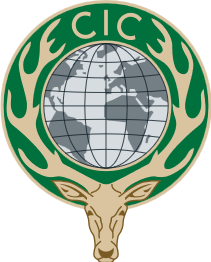Home » Thematic Session IV – Living with large carnivores and other dangerous game
Facebook
X
LinkedIn




